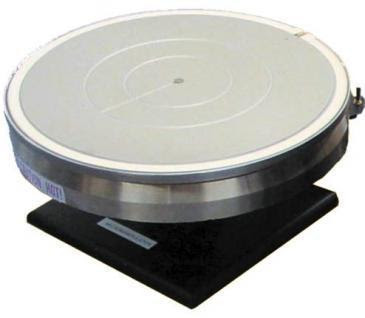The
Micromanipulator Company has established an excellent reputation by not only
selling the industry’s best state-of-the-art probe stations but making it a
priority to help our customers’ succeed by providing useful information. One area we feel it important for both
beginners and experienced user to have more details available is when using a probe station to make low
current (femtoampere level) measurements.
While our
engineers are ready to help customers use our tools effectively, our Basics of Low Current Probing
application note concisely and clearly goes over the required steps for the
proper setup, shielding and guarding. In
addition the equipment needed to provide the correct probing environment is
described along with many of the common problems users encounter and the best
ways to solve them. By elaborating on
the many factors that can adversely affect low level measurements, it gives
users a better chance to identify and minimize the noise source or the noise
coupling mechanism and to learn how to isolate noise from the signal.
Here you will a
description of the two typical probe contact configurations used in the
grounding and shielding techniques for low current measurements. The first configuration is surface to surface
and is represented by MOSFET subthreshold measurements. The second one is defined as surface to
substrate measurements and represented by time dependent dielectric leakage
observations (TDDL). Our note contains
figures of these configurations to make it easier to understand. The note also discusses the issue of cable
isolation and noise.
Micromanipulator’s Basics of Low Current Probing guidelines for
successful low level measurements remind users to pay attention to
details. As you will discover many
factors can interfere with the desired measurement because of the very small
physical values being observed. Our
recommendation is to review and practice the prevention measures provided to
help eliminate problems before they occur.
Another tip to avoid problems is to keep your probe station clean. Please visit our website to read the
complete application note as well as take a look at our many products.
Micromanipulator
not only invented analytical probing in 1956 but we remain the leading name in
the field. As such we reliably deliver
the tools and life cycle support the semiconductor industry depends on. As part of our company’s philosophy and what
drives our success is an unfaltering commitment to customers’ satisfaction. We invite you to contact us to find out more
about our wide range of probe stations, accessories and consumables.

No comments:
Post a Comment